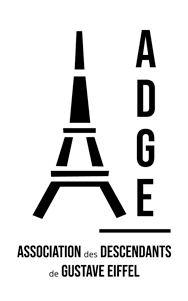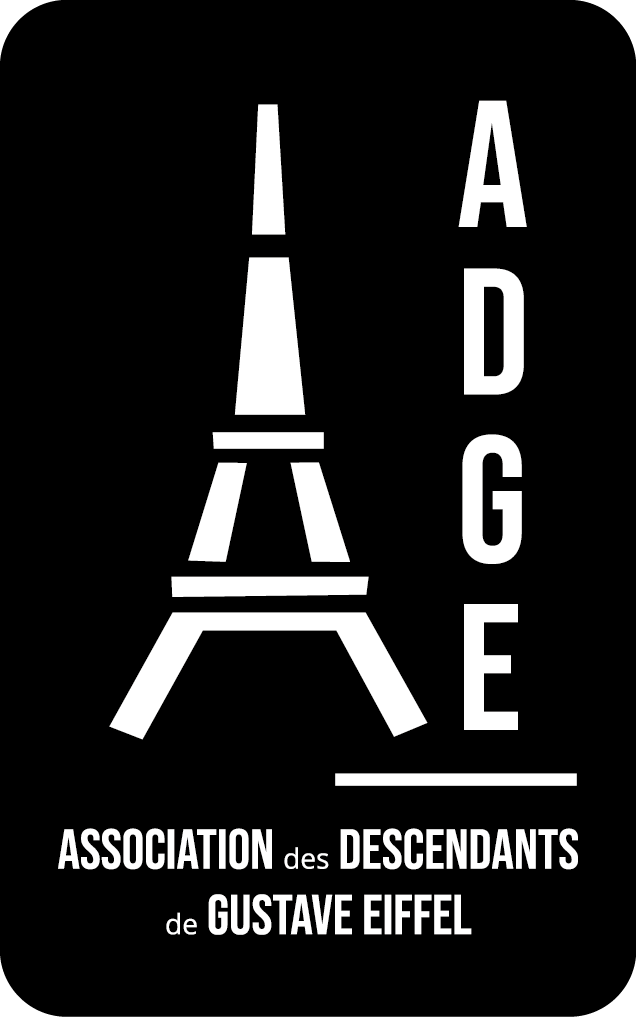His legacy
an immense legacy to protect
Gustave Eiffel was not only an audacious and inventive constructor, a wise business man and great leader of men, he also became, in the later part of his life, one of the greatest French scientist and patron in the fields of aerodynamics, meteorology, and radio waves broadcast. But his scientific activities have been largely overshadowed by the success of the tower that bears his name…
One must agree that this majestic « Iron Lady » continues to impress today as much as it did yesterday.
Roundly decried by the intellectuals at the time of its constructions, it has been since celebrated by great poets like Apollinaire, Cendrars, Aragon and Cocteau.
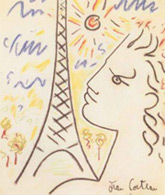
For great painters like Delaunay, Seurat and Fernand Léger, the tower has been the symbol of modernity.
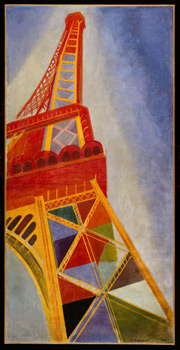
For filmmakers, the set for amazing action sequences.
For architects, it has become a weight unit representing 8000 tons, which they commonly use to compare the tower with their own creations. Thus the roof of the new Beijing Opera is equivalent to 3 Eiffel Towers and the roadway of the Millau Viduc to 5.
For Parisians, for the French in general, and for tourists, the Eiffel Tower is the symbol of Paris and France par excellence. It is from its structure that the fireworks of Bastille day and of New Year’s Eve are launched, and can be seen on TV screens around the globe.

Let us not forget however the rest of Gustave Eiffel’s works – one of the first great international builder of bridges, railway stations, metal structural works, lock gates, lighthouses, gasworks, prefabricated houses or churches in Europe, in the Americas or in Asia.
If a part of those constructions has unfortunately disappeared because of the two world wars or of obsolescence, his main works still stand proudly, such as the Maria Pia bridge in Porto in Portugal, the Garabit viaduct in France, the Budapest railway station in Hungary, and the statue of Liberty in New York USA.
The same is true for the innovative construction techniques that Eiffel developed to build his bridges and viaducts, such as the use of cantilevers, or the “hurling” of a bridge’s central span between existing bridge piles, that are still regularly used today by large international construction firms.
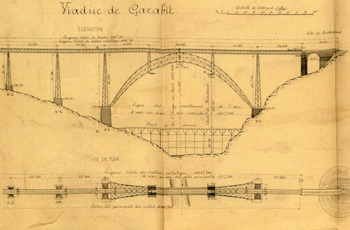
Proud of this rich legacy, the Eiffel family created in 1995 the Association of the Descendants of Gustave Eiffel to defend the memory and the image of Gustave Eiffel, and to protect his works. This is how the Eiffel bridge in Bordeaux came to be saved from destruction, and that Eiffel’s tomb in Levallois or Eiffel’s commemorative monument in Dijon have been or will soon be renovated by their municipalities at the request of our association. There remains a lot more to be done, however.
Descendants, admirers, local residents, it is up to all of us, uniting our common efforts, to defend and protect Eiffel’s rare and masterly legacy.
Sylvain Yeatman-Eiffel
